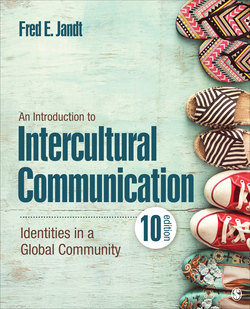Читать книгу An Introduction to Intercultural Communication - Fred E. Jandt - Страница 54
На сайте Литреса книга снята с продажи.
Social Media
ОглавлениеThe term social media is used to describe a variety of Internet-based platforms, applications, and technologies, such as Facebook, Tumblr, Instagram, and Twitter, that enable people to socially interact with one another online (see Figure 1.3 for Facebook use worldwide). While Facebook has over 2 billion users, it is not alone (see Figure 1.5 for leading social networks).
Mobile phone use on Japanese public transport
Alex Robertson/Moment/Getty images
Figure 1.5 Leading Social Networks Worldwide, January 2020
Source: Data from Clement (2020).
Social media use does not necessarily correlate with Internet and smartphone use. Social media use is in the Middle East at 68% and in Latin America at 59%, which compares to 55% in 10 developed European countries. Germany has only 40% social media use; Japan has only 39% (Poushter, Bishop, & Chwe, 2018).
Facebook offers its free Internet service for mobile users in half the countries in Africa with a combined population of 635 million. As Facebook’s service does not provide full access to all of the Internet, some have labeled it “digital colonialism.” African companies are launching local social media platforms (Essoungou, 2010; Kalan, 2013; Pew Research Center, 2015b).
Many countries limit or censor the Internet and social media. Freedom House regularly surveys countries for Internet freedom defined as Internet access, freedom of expression, and privacy. Of 65 countries representing 87% of the world’s Internet users in 2019, 15 were labeled as free, 29 as partly free, and the remaining 21 as not free. The report identified the greatest abuser as China followed by Iran, Syria, Cuba, and Vietnam. The countries with the greatest Internet freedom were Iceland, Estonia, Canada, Germany, and Australia (Shahbaz & Funk, 2019).
Earlier you read that culture cannot be known without a study of communication, and communication can only be understood with an understanding of the culture it supports. Today’s Internet and social media use demonstrates the continuing truth of that statement. Cultures communicate with the Internet and with social media in ways that reflect the values of that culture. You’ll see this idea developed more in future chapters.
